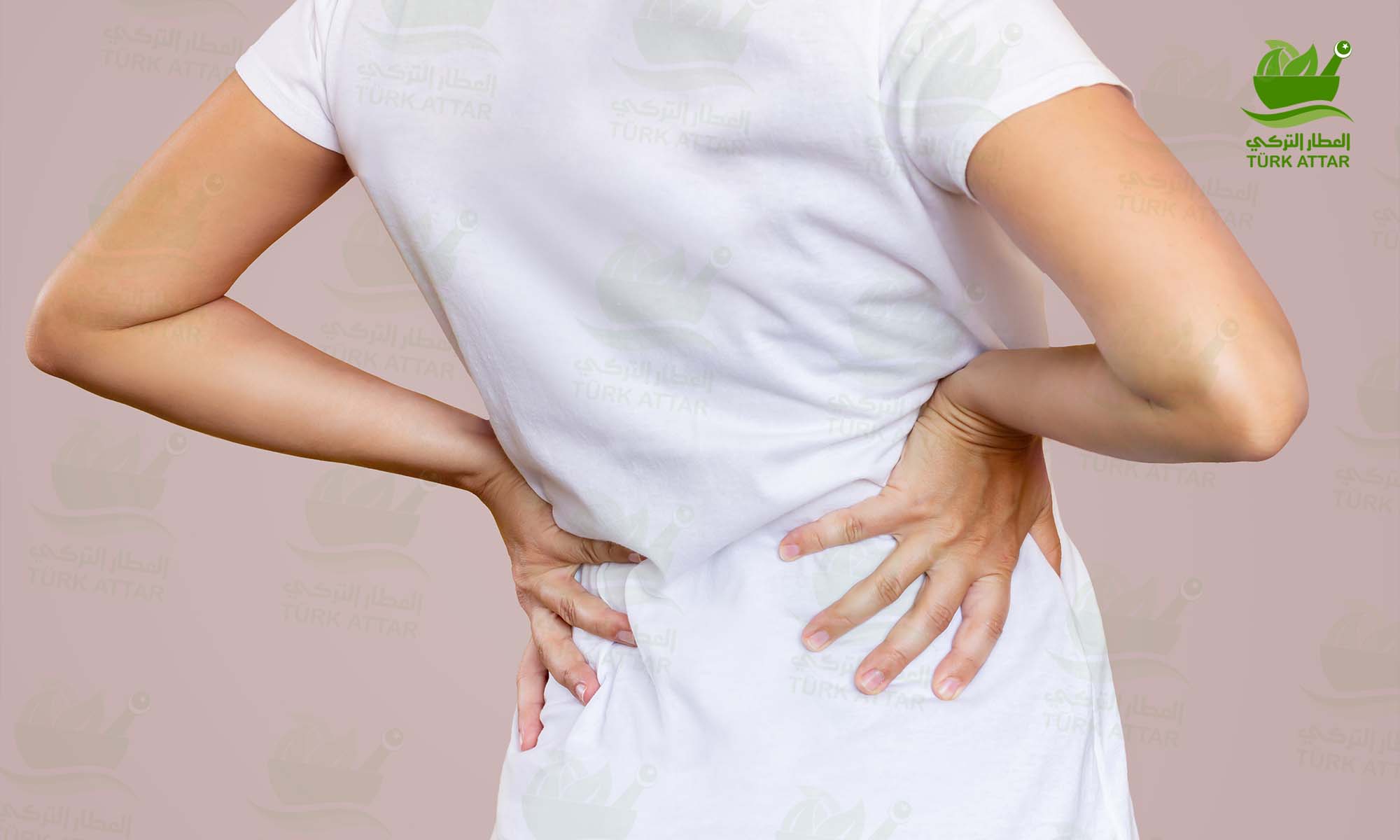
The gallbladder is a small pear-shaped organ located just below the liver in the abdomen. Stones can form in the gallbladder, which stores the bile produced by the liver, for various reasons.
Gallstones
WHAT ARE THE SYMPTOMS OF GALLESTONE?
Those with gallstones may consult a doctor with different symptoms and complaints.
Of 100 patients with gallstones, 70 are unaware that they have gallstones.
30 out of 100 gallbladder patients may experience mild or severe symptoms.
About 10 of these 30 patients with symptoms of gallstones require hospitalization, surgery or interventional procedures.
Symptoms of gallstones can occur in the following ways.
A few hours after a daily routine meal, there is an uncomfortable pain that starts in the upper right side, in the middle of the stomach or around the right scapula. This pain, which is a symptom of gallstones, lasts for 1-2 hours and ends after the meals go down. The treatment is to remove the gallbladder by making preparations in elective, that is, calm conditions.
Gallstone symptoms can also occur in emergency scenarios. The patient eats a decent meal in the evening, but goes to bed at night, but wakes up with a suffocating pain in the upper right or middle part of the stomach. Those who are mothers liken this pain to labor pain, which is actually very similar. The neck of the gallbladder is blocked and the gallbladder tries to overcome the obstacle by contracting to deal with this. The pain lasts for 1-2 hours until the obstacle is removed. The patient is relieved until the next attack. The treatment is to remove the gallbladder by making preparations in elective, that is, calm conditions.
In the other emergency scenario of gallstone symptom, the patient's pain starts in the upper right side and never goes away. The pain may ease from time to time, but in this case, the neck of the gallbladder may be blocked. The situation in which this symptom is experienced may be acute cholecystitis, that is, a sudden onset gallbladder inflammation. In the case of gallbladder inflammation, the patient is now racing against time. The neck of the gallbladder is blocked. The gallbladder secretes secretions from its own wall to overcome this obstacle. This causes swelling and enlargement of the gallbladder. The maximum volume of the gallbladder is 250 ml.' is Afterwards, the wall of the gallbladder begins to thicken in order not to burst. Normally, the gallbladder wall is 2-4 mm.' , but under these conditions 15-20 mm. can go up. In this case, surgery may become difficult or even impossible. The percentage of a complication or life-threatening condition due to the disease increases. The race with time starts here. In the first 72-96 hours after the symptoms appear, the gallbladder should be removed before the gallbladder wall thickens and without other complications, namely undesirable situations.
The symptom of gallstones may also occur with jaundice in the eyes and skin, after mild abdominal pain. The manifestation of gallstones in this way is a situation that requires urgent intervention. Depending on the anatomical structure of the gallbladder and / or the size of the stones, the stones move from the gallbladder and fall into the main bile duct and block the bile flow. Like an overflowing water tank, the bile that cannot flow into the intestine breaks down the liver cells and mixes with the blood. In fact, the bile that should be in the intestine mixes with the blood. In this case, the obstruction to the flow of bile should be removed. Mild or severe right upper quadrant pain, initially in the eyes and later on, may present with signs of yellowing of the skin. On top of this table, an infection called cholangitis may develop due to this stone and obstruction in the main canal. In the presence of cholangitis, if the body resistance is low, life-threatening can be up to 13%. In this case, simply removing the patient's gallbladder does not solve the problem. First, it is necessary to overcome the obstacle in front of the gallbladder. With the endoscopic method called ERCP, this obstacle is removed by reaching into the bile ducts from the 12 finger intestines of the patient and the duct is cleaned. The gallbladder is then removed. The situation is more complicated if the patient has cholangitis. Antibiotic treatment must be given. If the patient has a significant stone mud barrier, ERCP can be applied. Afterwards, the gallbladder must be removed. With the endoscopic method called ERCP, this obstacle is removed by reaching into the bile ducts from the 12 finger intestines of the patient and the duct is cleaned. The gallbladder is then removed. The situation is more complicated if the patient has cholangitis. Antibiotic treatment must be given. If the patient has a significant stone mud barrier, ERCP can be applied. Afterwards, the gallbladder must be removed. With the endoscopic method called ERCP, this obstacle is removed by reaching into the bile ducts from the 12 finger intestines of the patient and the duct is cleaned. The gallbladder is then removed. The situation is more complicated if the patient has cholangitis. Antibiotic treatment is definitely given. If the patient has a significant stone mud barrier, ERCP can be applied. Afterwards, the gallbladder must be removed.
Symptoms of gallstones can sometimes present with nausea, vomiting, fever, abdominal bloating or gas. These symptoms may be a sign of pancreatitis, that is, pancreatitis. While the food is being digested, there are 2 secretions after the stomach exit. The first is bile, the second is pancreatic juice. The two paths converge like a fork and become a single channel and open to the 12 finger intestines. Gallstones can fall from here and block the common duct and or pancreatic duct temporarily or permanently, causing pancreatitis, also known as pancreatitis. This is a very serious situation. Depending on the severity of pancreatitis, there is a 3%-30% risk of losing life.
WHAT IS THE CAUSE OF GALLSTONE?
The exact cause of the formation of gallstones is not known. As the cause of gallstone formation; The presence of too much cholesterol or bilirubin in the bile indicates that the bile does not empty properly.
The mechanism of formation of gallstones occurs as follows. As the bile comes from the state of milk secreted from the liver to the consistency of egg white, its balance is disturbed and clumping or sludge occurs, just as the balance in a floury soup or pudding mixture is disturbed. After this, petrification occurs.
In fact, the size of the situation described as mud is 2 mm.' are smaller stones. Then the stone starts to grow as additions like a snowball stuck on this clumping. Gallbladder stones may occur more in some people.
Although the exact cause of gallstones is not known, the risk factors are;
Be woman. Gallstones occur more frequently in women than in men.
be at birth
Overweight men and women
rapid weight gain
Men and women over 40
Those with a family history of gallstones are at higher risk than those without a family history of gallstones.
HOW IS A GALLSTONE DIAGNOSED?
Many people are not even aware that they have gallstones. Sometimes by chance or as a result of the symptoms experienced, the presence of gallstones is determined by going to the doctor. A doctor's examination is important in the diagnosis of gallstones. In addition, some imaging methods such as ultrasound or endoscopic ultrasound (EUS) can be used in the diagnosis of gallstones. Blood tests can reveal infection, jaundice, Pancreatitis, or other complications caused by gallstones.
HOW IS THE GALLSTONE TREATMENT?
Gallstones that do not cause complaints can only be followed. Drug treatment of gallstones is rarely used. Surgical method is the most commonly used choice in the treatment of gallstones. Sometimes, interventional methods such as ERCP can also be used in the treatment of gallstones.

13 Comment(s)
1
1
1
1
1
1
1
1
1
1
1
1
1
1
1
1
1
1
1
1
1
1
1
1
1
1
1
1
1
1
1
1
1
1
1
1
1
1
1
1
1
1
1
1
1
1
1
1
1
1
1
1
1
1
1
1
1
1
1
1
1
1
1
1
1
1
1
1
1
1
1
1
1
1
Leave a Comment